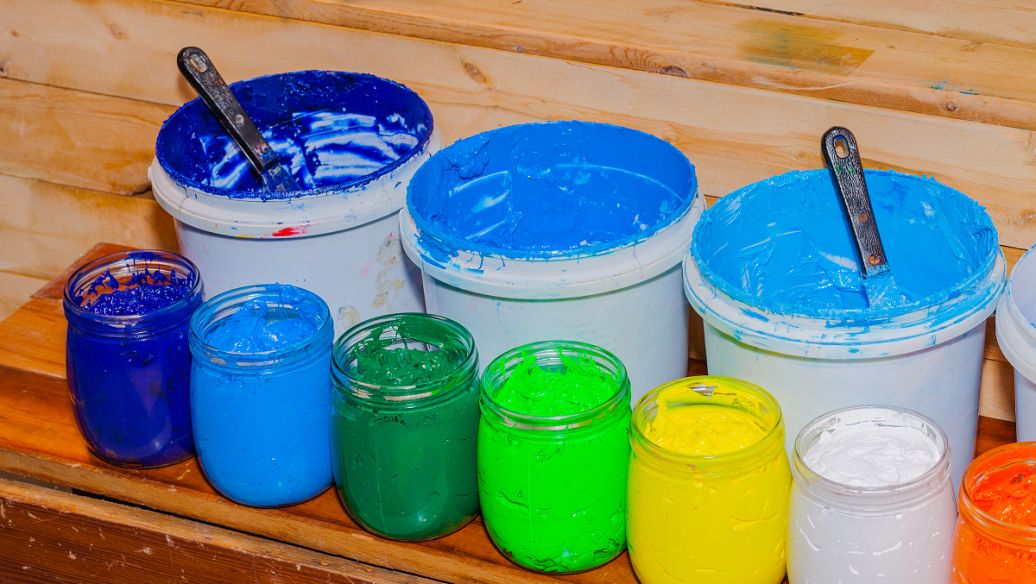Method and dose of Disperse Agent (Using in Coating&inks):
The dose of the Disperse Agent is small, and the Disperse Agent cannot demonstrate its advantages, and Over-dose can also affect the stability of the grinding. This is mainly because the superfluidly applied Disperse Agent cannot extend the solvated chain of the Disperse Agent on the pigment surface, and a large amount of loose Disperse Agent will negatively affect the coating film.
In an actual operation, you can first calculate the approximate size of the scatter according to the theoretical rules, and then use it as the midpoint to float up and down. Note the change in viscosity, coating gloss, and toning power of the dispersion system with the size of the Disperse Agent. When the amount is moderate, the viscosity of the dispersion system has minimum apparent values and the gloss and dyeing power of the coating film have the largest values.
1. Morphology and pigment particle size
In coatings, pigments are mainly used as suspending agent.
The size distribution of rhenium pigments is very wide, generally ranging from 0.05 μm to 1 mm. However, studies have shown that when the particle size of the pigment is between 0.05 and 0.50 μm, it has the best coloring power, gloss, concealing power, weather resistance, and the like.
2. The dispersing process of pigment
The rhenium pigment dispersion process involves three steps: wetting, diffusing and stabilizing.
3. Diffuser roles
Disperse Agents play a very important role in the production of coatings. The stability of the dispersion system can avoid many film defect coating and painting problems. If the formula is reasonable, adding a suitable amount of Disperse Agent can effectively reduce costs and improve coating performance.
3.1. Improve gloss and increase the effect of leveling
Tests have shown that the polish of the obtained paint film will be significantly different with the same formula and different Disperse Agents.
3.2. Float color suppression
Floating and flowering prevention is one of the well-known Disperse Agents. With an appropriate Disperse Agent, it can be enhanced or eliminated whether it is a floating color in the tank or the floating color of the paint film.
3.3. Improve coloring power
Pigments are more diffuse and stable, and their coloring power will be greatly enhanced. Figure 4 shows the results of black paste coating film dispersed with different Disperse Agents, mixed with white paint at the same ratio, and the difference in coloring power can be clearly seen.
3.4. Reduce viscosity and increase loading of pigments
Using a suitable Disperse Agent, the viscosity of the obtained color paste will be significantly reduced. This can increase pigment loading and improve production efficiency. Figure 5 is a comparison of the viscosity of the large red pulp dispersed with different Disperse Agents.
3.5. Prevent back to mass and increase storage stability
3.6. Increase color spread and color saturation,
3.8. Increase transparency (organic pigments) or concealing power (inorganic pigments)
Best for powdered aluminum paints, the higher the transparency of the colorant. For plain paint, the higher the bleaching power of the colored paste, the better. This is actually related to the particle size of the pigment.
3.9. Improve grinding efficiency and reduce production costs
3.10. Preventing the settlement

iSuoChem® Disperse Agent used for masterbatch, organic pigment, paints (solvent based) and offset inks & Publication gravure inks.